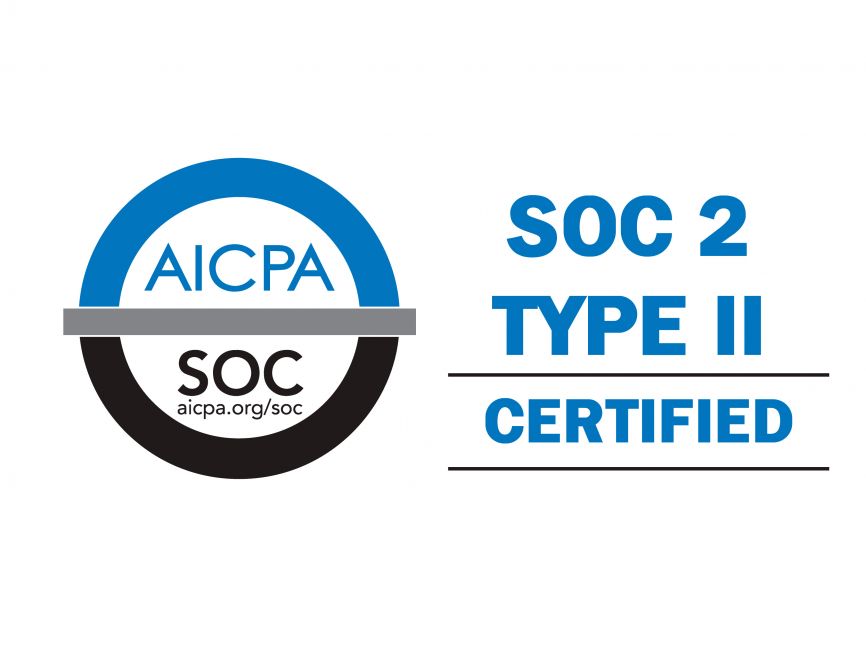Preparing for unexpected medical expenses is one of the most critical aspects of financial planning in today’s unpredictable world. Despite having health insurance coverage, many individuals and families are often caught off guard by medical bills that need to be fully covered or unexpected healthcare emergencies. This is where having an emergency healthcare fund becomes essential—a financial safety net designed to cushion the blow of unforeseen medical costs.
Understanding the Need for an Emergency Healthcare Fund
Medical emergencies can happen to anyone, regardless of age, health status, or lifestyle. The financial burden of healthcare can quickly escalate from sudden illnesses and accidents to unexpected surgeries or specialized treatments. Even with insurance, out-of-pocket expenses such as deductibles, copayments, and non-covered services can add up, leading to financial strain or debt.
An emergency healthcare fund provides peace of mind and financial security during these challenging times. It serves as a dedicated pool of money specifically earmarked to cover medical expenses that exceed what insurance will pay or unexpected costs that arise outside of typical coverage.
Strategies for Building an Emergency Healthcare Fund
- Set Clear Savings Goals: Start by assessing your current financial situation and determining how much you can set aside monthly for your emergency healthcare fund. Set specific savings goals to work towards, whether a target amount or a certain number of months’ expenses.
- Automate Your Savings: Make saving for healthcare emergencies a priority by setting up automatic transfers from your checking account to a dedicated savings or investment account. Treating it like any other bill ensures that you consistently contribute to your emergency fund without thinking about it.
- Cut Expenses and Redirect Savings: Review your budget to identify areas where you can reduce non-essential spending. Redirecting these savings towards your emergency healthcare fund can accelerate your progress and help you reach your goals faster.
- Utilize Windfalls and Bonuses: Whenever you receive unexpected windfalls such as tax refunds, work bonuses, or monetary gifts, consider allocating some of these funds towards your emergency healthcare fund. This extra boost can help you reach your savings goals more quickly.
- Explore High-Yield Savings Accounts or Investments: Maximize the growth potential of your emergency healthcare fund by parking it in a high-yield savings account or low-risk investments such as certificates of deposit (CDs) or bond funds. While maintaining liquidity is important, earning a higher interest rate can help your savings grow.
- Regularly Review and Adjust: Life circumstances and healthcare needs can change over time, so it’s essential to regularly review and adjust your emergency healthcare fund goals and contributions as needed. Reassess your savings targets annually or whenever there are significant changes in your financial situation or health insurance coverage.
Building an emergency healthcare fund is a proactive and responsible step towards safeguarding your financial well-being in the face of unexpected medical expenses. By following these strategies and prioritizing saving for healthcare emergencies, you can create a financial safety net that provides peace of mind and security for you and your family. Remember, it’s not a matter of if medical emergencies will occur, but when—and being prepared can make all the difference.
American Exchange is a licensed health insurance broker. Robert Huffaker, NPN 13568432
Photo courtesy of iStock

